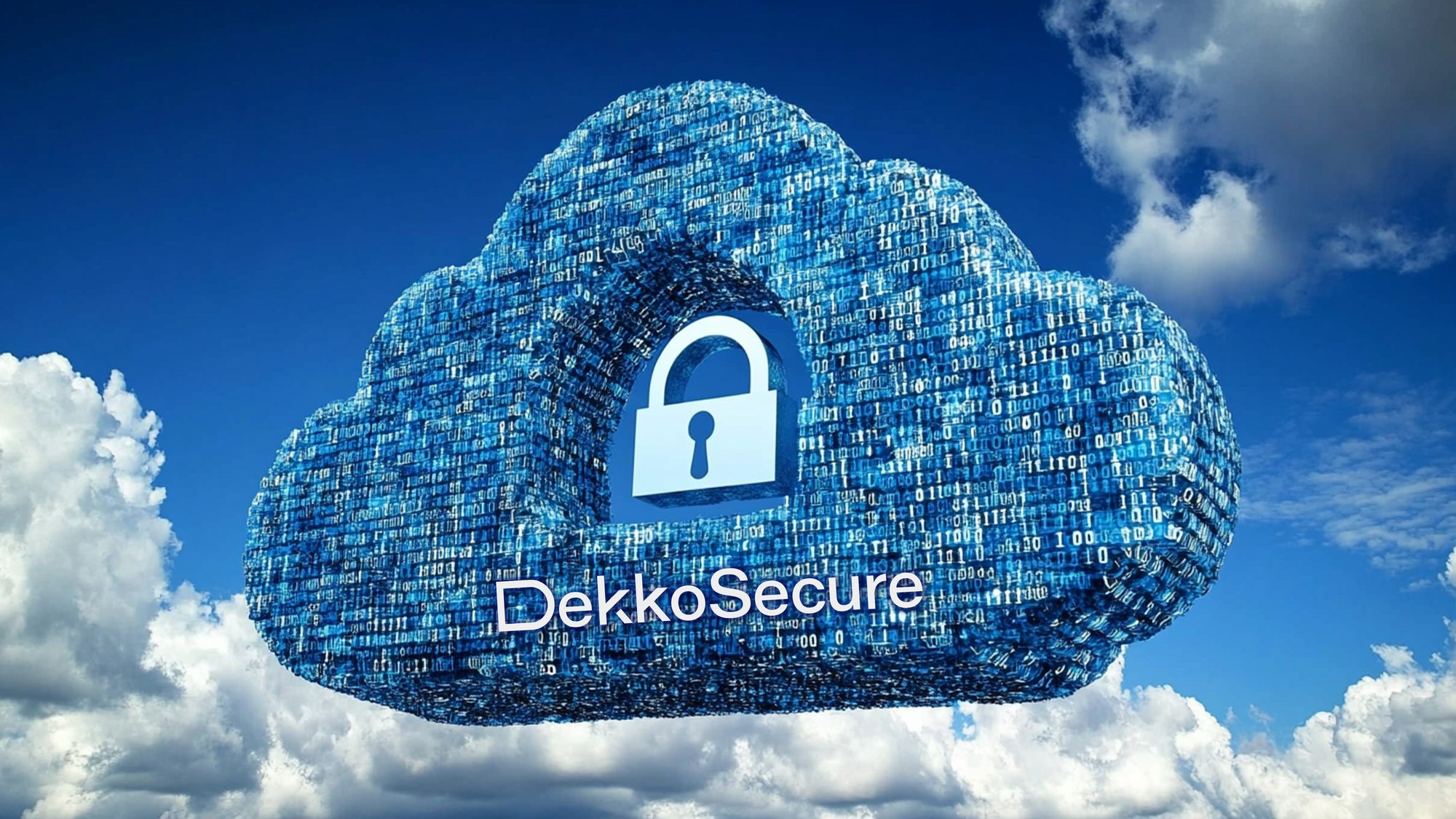True End-to-End Encryption and Why It Is a Game Changer
A dangerous myth persists in the digital workspace—that strong security and seamless collaboration exist on opposite ends of a spectrum. Subsequently, organisations believe they are forced to make a choice between protecting sensitive information and enabling teams to work together effectively. This misunderstanding has forced countless businesses into risky and unnecessary compromises.
Put simply, this belief is a false dichotomy. Strong security measures don’t have to block effective collaboration if implemented correctly.
Beyond Partial Protection
True end-to-end encryption means data is encrypted at rest, in transit, and at work, allowing secure information sharing without ever exposing it to the servers where it is stored or to the service providers facilitating storage and transmission. Many vendors of file sharing and collaboration technology claim that true E2EE can't be a shared technology, asserting that it’s almost impossible to implement it reliably.
The unfortunate fact is that easier to implement "almost E2EE" solutions leave critical vulnerability gaps! While they might encrypt data in transit, the data is left exposed on the vendor’s servers during sharing/processing (“at work”), creating opportunities for unauthorised access and data breaches. This becomes a significant issue when the data is of a sensitive or confidential nature.

Building Collaboration Based on Trust
When team members know their shared information remains protected throughout the entire cycle—from creation through collaboration to storage—they gain confidence in being able to share the most sensitive data, transforming how they work together. Without the fear of sensitive data being exposed to servers, third parties, or even system administrators, collaborators communicate more openly and more efficiently.
Because of the reasons cited above, many security-conscious organisations avoid cloud solutions entirely due to a lack of trust in cloud collaboration solutions. Their resistance is understandable - without true E2EE being implemented in the cloud, their data is vulnerable. It must be noted that bypassing the cloud while continuing to rely on manual and legacy sharing practices is also a risky practice.
In the presence of genuine E2EE, these security concerns dissolve. Data remains inaccessible to the cloud provider, automatically removing the trust barrier because only authorised and authenticated parties ever have access to shared data.
The Technical Reality
At DekkoSecure, we've developed collaboration solutions that provide true E2EE while maintaining a seamless user experience. The DekkoSecure platform features transparent encryption key management, allowing users to collaborate easily and securely without manually managing encryption keys.
Combined with zero-trust architecture, always requiring authentication and authorisation for information access, these elements create true zero-knowledge security—which means not even DekkoSecure can access your data!
Importantly, the user experience remains intuitive despite this robust protection. Team members can share files (of any size or type), communicate, and collaborate without having security procedures disrupt their workflow.
Regulatory Advantages
True end-to-end encryption (E2EE) significantly reduces data breach risks by closing the common loopholes that is most often exploited by hackers. More importantly, it prevents the catastrophic scenario where a single stolen high-privilege credential can lead to complete data exposure. In traditional centralised systems without E2EE, all data resides in one place accessible with broad administrator permissions – meaning if an attacker compromises one senior login, they gain access to everything.
The lack of E2EE combined with centralised access was the cause of major breaches at companies like Medibank and Genea. By contrast, when each piece of data is separately encrypted end-to-end, a compromised credential no longer unlocks the entire vault – only that one piece of data at most is exposed, while all other data remains secure.
For businesses facing complex regulatory compliance requirements, adopting true E2EE with decentralised encryption creates substantial competitive advantages. As privacy regulations increasingly demand “data protection by design and by default”, it is necessary for the technology used to be built from the ground up with a security focus and not with security as an afterthought.
DekkoSecure’s E2EE, zero trust platform incorporating zero-knowledge security, ensures information stays protected at all times by technical means rather than policy promises. Even DekkoSecure, as the service provider, is unable to access the plaintext data, and no central authority or single key can bypass the encryption.
Using solutions like DekkoSecure, organisations are able to demonstrate comprehensive protection measures that align perfectly with regulatory frameworks, making compliance simpler. In practice, this means audits are easier to pass, and privacy requirements are met proactively, i.e. data security is assured by design, not dependent on trust alone.
The Collaborative Future
Imagine a future where E2EE becomes the standard for collaborative work.
Organisations would be confident to share sensitive information remotely without risk. Teams could collaborate on highly confidential projects from anywhere no longer having to rely on outdated, insecure methods like USB drives or encrypted hard drives.
The good news is that this technology exists today.

The transformation extends beyond just practical benefits. Organisational culture shifts positively when security enhances rather than restricts collaboration. Team dynamics improve when members trust the infrastructure supporting their work. Innovation accelerates when security concerns no longer create friction in the creative process.
Changing Perspectives
An educational gap represents the final barrier to the widespread adoption of E2EE-enabled collaboration technologies such as DekkoSecure. Once organisations grasp that true E2EE protects information without impeding workflow, the value proposition becomes self-evident.
Security and collaboration aren't competing interests. With seamlessly integrated E2EE, they're natural allies. Data remains protected while simultaneously becoming more accessible to authorised team members.
The wall between security and collaboration has now been taken down.

